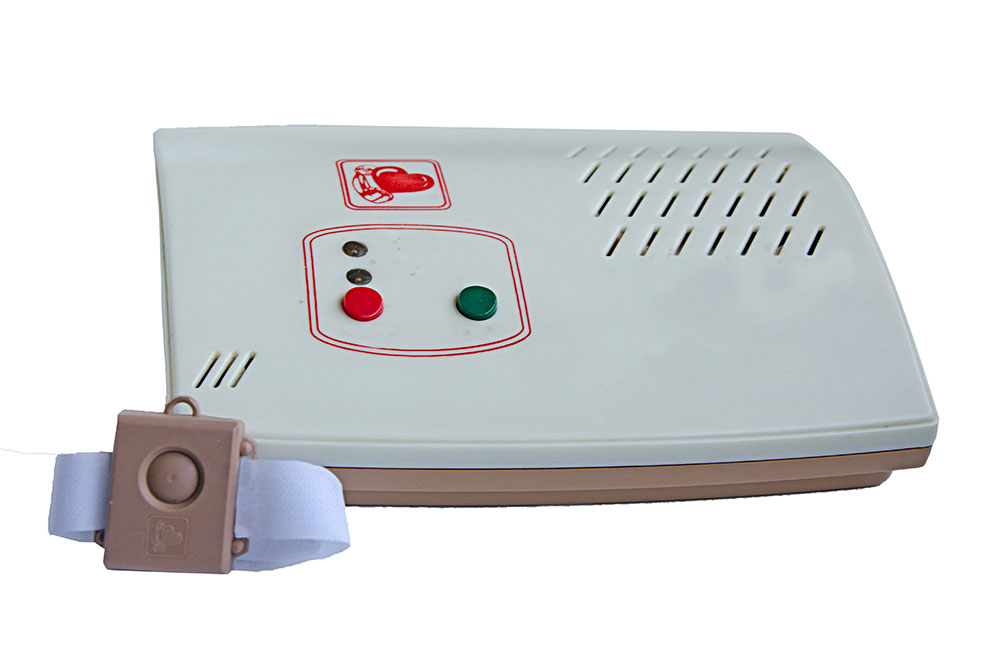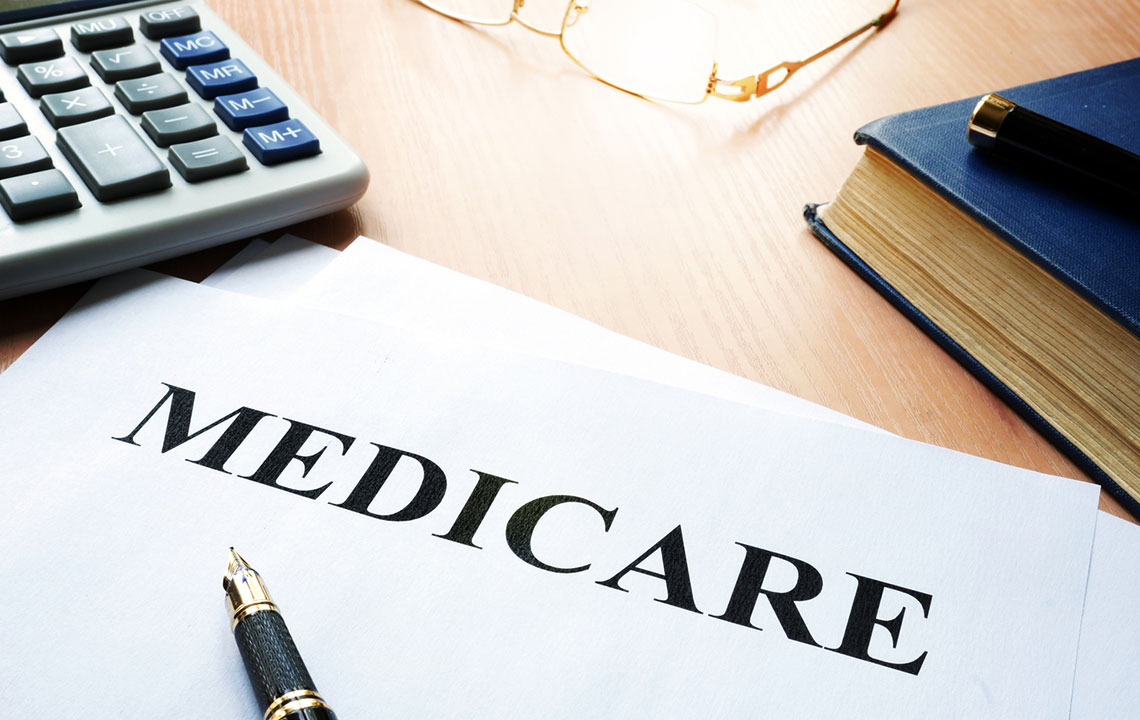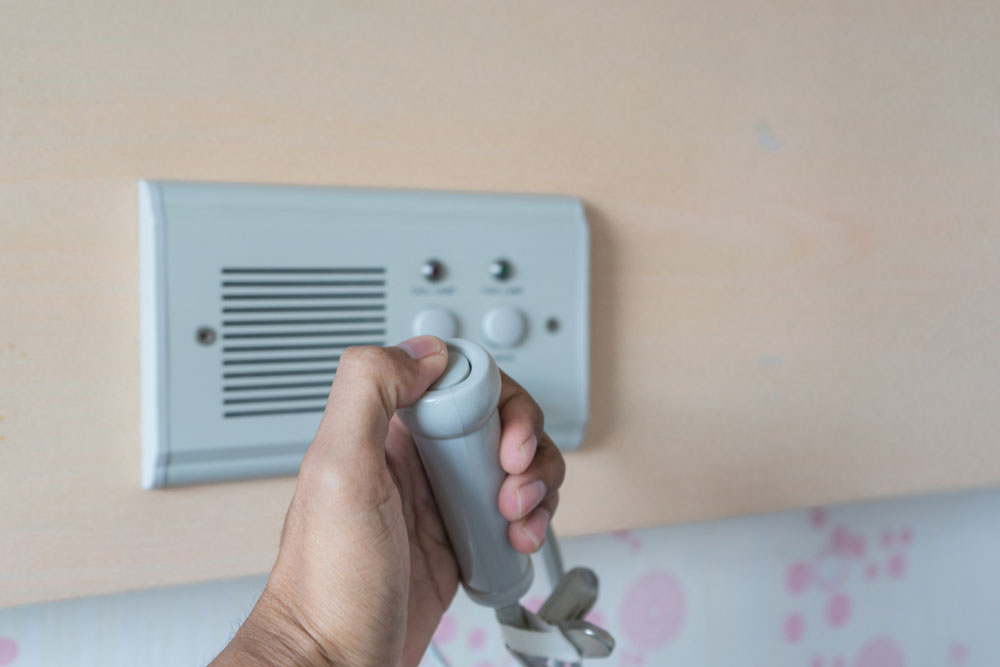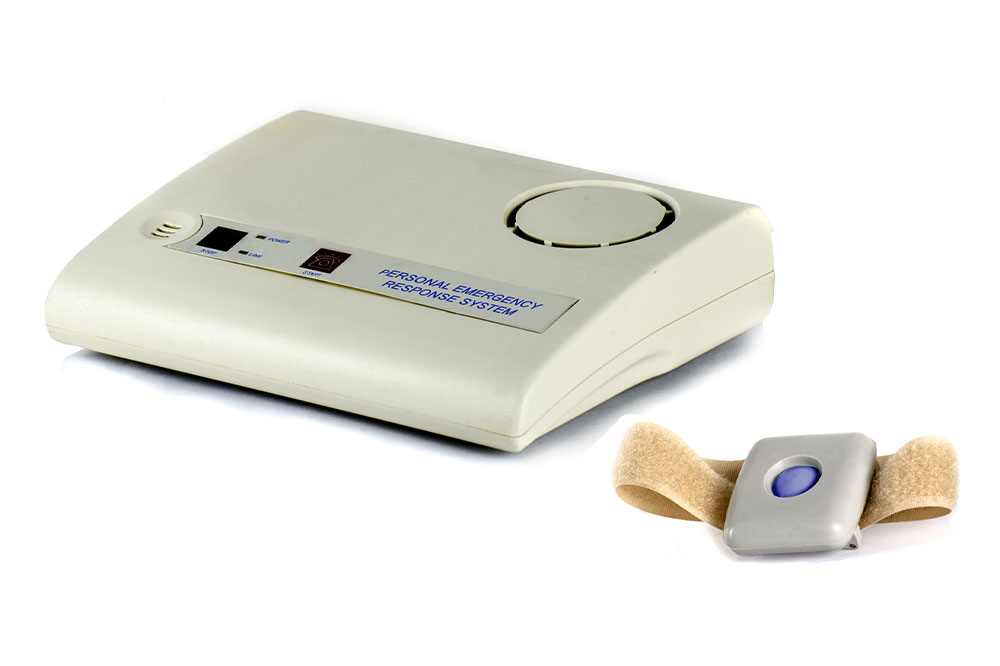A Comprehensive Guide to Medical Alert Systems and Medicare Coverage for Seniors
This comprehensive guide explores medical alert systems, their essential features, costs, and Medicare coverage options. It highlights top-rated devices suitable for seniors, emphasizing safety, affordability, and ease of use. Learn how these systems work, their benefits, and make informed choices to ensure elderly loved ones stay safe and connected. Discover how to navigate costs and coverage, empowering families to provide better emergency support and independence for seniors living alone or with limited support systems.
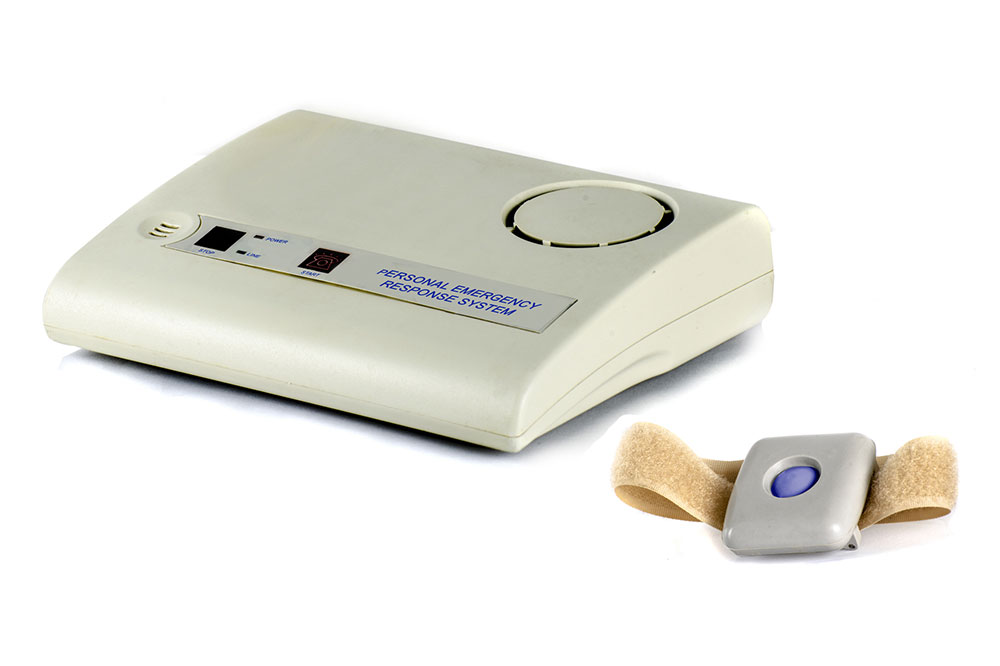
Understanding Advanced Medical Alert Devices and Medicare Coverage Options for Seniors
As loved ones age, especially those living independently, their safety and well-being become a top priority for families and caregivers. For seniors living alone or with limited support, the risk of falls, injuries, and medical emergencies increases substantially. Immediate assistance can often mean the difference between life and death in critical situations. Medical alert systems have emerged as essential tools that provide seniors with the ability to summon help promptly at any time, offering peace of mind to families and comfort to the elderly themselves.
In this comprehensive guide, we will delve into what medical alert devices are, how they function, their benefits, cost considerations, and whether Medicare offers any coverage for these vital safety tools. We will also highlight some of the top-rated systems currently available in the market, helping families and seniors make informed decisions about safety technology that can improve quality of life.
Medical alert systems are specially designed devices that empower seniors to maintain their independence while ensuring swift access to emergency services when needed. These systems have become increasingly sophisticated, incorporating features that go beyond simple emergency buttons. They are lightweight, portable, and discreet, typically worn as pendants, bracelets, or sometimes integrated into smartwatches, allowing ease of use and seamless integration into daily routines.
But how exactly do these devices work? Most systems operate either through a landline connection or via cellular networks, making them versatile for use both indoors and outdoors. When a user presses the emergency button, the device communicates with a dedicated monitoring center staffed by trained professionals. This center assesses the situation and dispatches appropriate help, whether that be emergency services, family members, or caregivers. Advanced models are equipped with GPS technology, enabling precise location tracking outdoors, which is especially useful for seniors with cognitive impairments like Alzheimer’s or dementia. Moreover, many systems feature automatic fall detection sensors that automatically alert rescue services if a fall occurs and the user cannot press the emergency button.
These systems are invaluable for elderly users, offering simplicity, reliability, and affordability. The installation process is generally straightforward, often requiring minimal setup—sometimes just connecting the device to a power source or a phone line. The market now offers a diverse range of devices, from basic pendant alarms to high-tech smartwatches with features like medication reminders, toxin detection, fire alarms, and GPS tracking. 24/7 professional monitoring ensures families have peace of mind, knowing that help is always accessible at a moment’s notice.
Cost of Medical Alert Systems: What You Need to Know
While the safety benefits of medical alert systems are invaluable, understanding their costs is essential for budget planning. The expenses associated with these devices can vary widely based on their features and service plans. Apart from the initial cost of the device itself, you should also consider potential costs linked to installation, maintenance, repairs, and ongoing monthly service fees.
Installation Fees: Some systems require professional installation, especially those integrated into home wiring or complex monitoring setups, which can cost upwards of $100. However, many systems are designed to be plug-and-play, allowing users to set them up easily without professional help, thus saving costs.
Device and Accessories: Basic wearable alert devices typically cost around $50–$150. More advanced models that incorporate GPS, fall detection, or smartwatch functions tend to be more expensive. Additional accessories, such as additional pendants or waterproof cases, can also add to the overall cost. Many providers offer flexible payment plans, including monthly installments, making it easier for families to afford these life-saving devices.
Monthly Service Fees: Ongoing service charges usually range from $20 to $50 per month. These fees cover professional monitoring, system upgrades, customer support, and maintenance. Some companies offer tiered plans – basic monitoring versus premium options with added features like GPS tracking or extended response times.
Does Medicare Cover Medical Alert Systems?
One common concern among seniors and their families is whether Medicare provides coverage for medical alert devices. Currently, Medicare’s coverage policy does not include payment for personal emergency response systems. Part A of Medicare typically covers inpatient hospital stays, while Part B handles outpatient services and some essential medical equipment. However, specialized alert systems are generally not listed as reimbursable under standard plans.
That said, some Medicare supplement plans (Medigap) or Medicaid programs in certain states might offer partial discounts or assistance with the costs of these devices. It is advisable to consult your specific plan provider or benefits coordinator to determine if any coverage or discounts are available for medical alert services. Additionally, some private insurance plans and long-term care policies might include provisions for these safety devices.
It's important for families seeking coverage to understand the limitations of Medicare and explore alternative financial supports, grants, or assistance programs designed to help seniors access safety technology affordably.
Top Medical Alert Systems in 2024: Features and Recommendations
Choosing the best medical alert system can be daunting given the variety of options available. To simplify your decision-making process, here are some of the top-rated and most reliable systems in 2024, known for their advanced features, customer service, and overall value:
Medical Guardian: With over a decade of experience, Medical Guardian offers a wide range of solutions including in-home monitors, mobile systems, GPS-enabled devices, fall detection, and smartwatches. Their products are suitable for active seniors, those with large homes, and individuals who need versatile emergency solutions. Their devices are praised for durability, ease of use, and strong customer support.
Bay Alarm Medical: Established in 1946, Bay Alarm Medical provides reliable in-home systems, cellular alert devices, and GPS-enabled options. They also offer specialized car alert systems, perfect for seniors concerned about safe driving. Their devices boast long-range communication (up to 1000 feet) and are praised for affordability and straightforward operation.
Philips Lifeline: Known for their sophisticated medical alert solutions, Philips Lifeline offers both in-home and mobile systems with waterproof buttons, fall detection, and customizable response plans. Their devices come with long battery life and excellent customer service reputation. While slightly higher in price, these systems are favored by seniors and caregivers looking for high reliability and comprehensive support.
Choosing the right medical alert system involves evaluating individual health needs, lifestyle, and budget considerations. Consulting with healthcare professionals and reading customer reviews can also help in selecting a device that best fits your or your loved one’s specific needs.

